Laura Clarke
 The Clarke group utilizes many of the tools in EaRL to fabricate and characterize samples, which undergo more specialized testing within our lab. EaRL is used for fabrication of micron-sized interdigitated gold electrodes for dielectric and electrical experiments. Much of our recent work focuses on novel composite materials where embedded metal nanoparticles act as light activated heaters. For these experiments, we use dye molecules as molecular thermometers. The spectrofluorometer is used to characterize optical properties of the samples.
The Clarke group utilizes many of the tools in EaRL to fabricate and characterize samples, which undergo more specialized testing within our lab. EaRL is used for fabrication of micron-sized interdigitated gold electrodes for dielectric and electrical experiments. Much of our recent work focuses on novel composite materials where embedded metal nanoparticles act as light activated heaters. For these experiments, we use dye molecules as molecular thermometers. The spectrofluorometer is used to characterize optical properties of the samples.

Our recent work is about developing a method to drive thermal polymer degradation by photothermal heating of metallic nanoparticles. Tensile Testing Machine (5944) was used as a primary measurement tool to characterize thermal degradation of polymer samples during the degradation processes. The tensile properties of the model polymer were mapped by conducting tensile tests on samples that were conventionally heated at differing temperatures. Then the tensile properties of photothermal heated samples were compared with that of samples heated by a conventional oven. The weaker tensile properties can indicate the increase of defects, shorter polymer chain length or fewer chain entanglements.
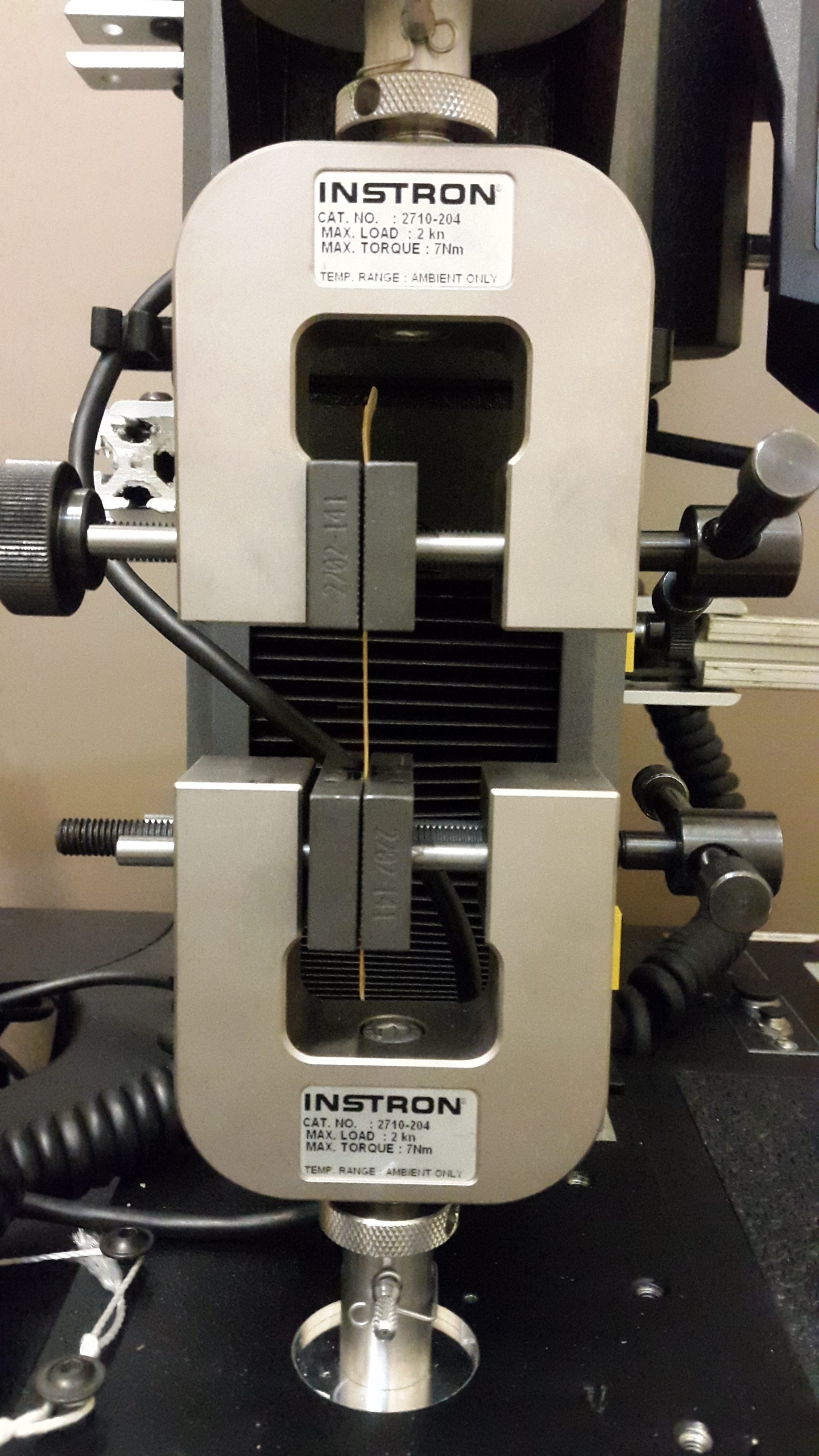 A close-up image of the Instron grips.
A close-up image of the Instron grips.
The Clarke group utilizes many of the tools in EaRL for characterizing samples, which undergo more specialized testing within our lab. Currently, the group is actively using Anton Par Rheometer for characterizing the rheology of polymers over a range of temperatures. We study the effect of different additives in polymers by comprehending the viscosity profile. Understanding these rheological measurements can assist us for the next generation polymer processing techniques.
Hong Wang
 A main focus of Wang laboratory is to use single-molecule imaging techniques to study protein-protein and protein-DNA interactions. If we imagine proteins as a team of workers who have jobs to do on DNA, we need to understand how the players bind to specific DNA sequences and come together to bring about functions. Single-molecule techniques, such as atomic force microscopy gather information on large populations of individual molecules. Therefore, single-molecule studies can provide additional information on biomolecules compared to that obtained from bulk biochemical and biophysical studies, which analyze the average behavior and properties of the whole population. In addition, single-molecule imaging and manipulation techniques allow us to observe and detect biologically important rare events or conformations that would not be detectable in bulk assays.
A main focus of Wang laboratory is to use single-molecule imaging techniques to study protein-protein and protein-DNA interactions. If we imagine proteins as a team of workers who have jobs to do on DNA, we need to understand how the players bind to specific DNA sequences and come together to bring about functions. Single-molecule techniques, such as atomic force microscopy gather information on large populations of individual molecules. Therefore, single-molecule studies can provide additional information on biomolecules compared to that obtained from bulk biochemical and biophysical studies, which analyze the average behavior and properties of the whole population. In addition, single-molecule imaging and manipulation techniques allow us to observe and detect biologically important rare events or conformations that would not be detectable in bulk assays.
Karen Daniels
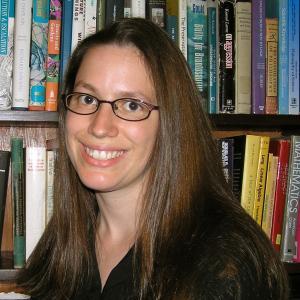
The Daniels Nonlinear Lab is interested in understanding the mechanical deformation and failure of variety of soft materials. Recent projects using EaRL equipment has included measuring the rheology of granular materials, gels, and biofilms; characterizing the failure statistics of disordered materials; and calibrating laser-cut force sensors.
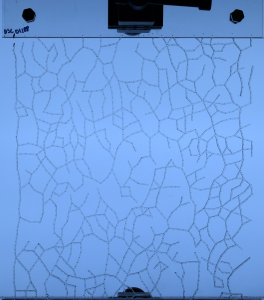
Image of Sample taken inside the Instron
In a joint project between the Daniels Nonlinear Lab and the NC State nuclear physics group, we have studied the nonlinear elasticity of folded materials. Improvements in our ability to understand the dynamics of folds under strain will hopefully contribute to actuator design in an ultra- cold neutron experiment aimed at measuring the neutron’s electric dipole moment.
Creased materials accommodate strain primarily at the folds. This feature allows for the construction of bellows-like objects which are much softer than the constituent material. An example of an origami-like bellows undergoing compression is shown. Such devices present a promising new design for actuators operating at low temperatures, but the implementation is hampered by nonlinear effects such as fracture, buckling, and hysteresis.
 Images of Bellows
Images of Bellows
Nuclear Physics — Robert Golub and Paul Huffman
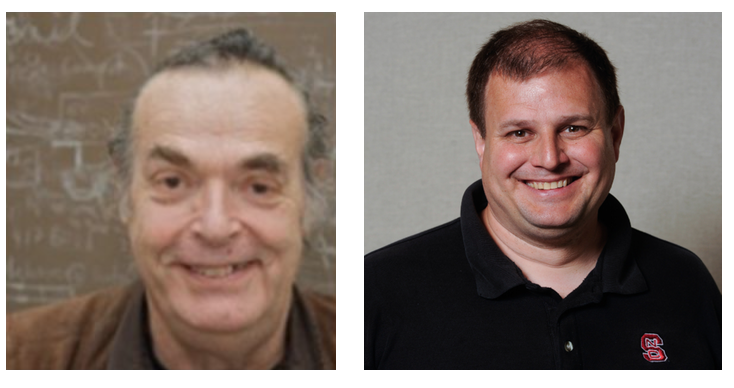 Robert Golub Paul Huffman
Robert Golub Paul Huffman
We are producing measurement cells for our research project to search for the electric dipole moment of the neutron. The cells must have surfaces that are good reflectors for ultra-cold neutrons (UCN). In addition, we will be using scintillations in superfluid Helium as our signal so the cell walls must convert the vacuum UV scintillations into visible light. We have developed coating techniques that satisfies these requirements and are using a robotic dispensing machine for producing optically clear bonds between Polymethyl methacrylate (PMMA) plates.
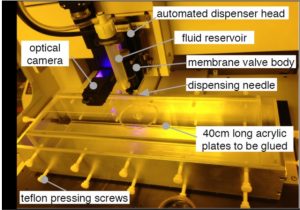 Dispenser in Action
Dispenser in Action
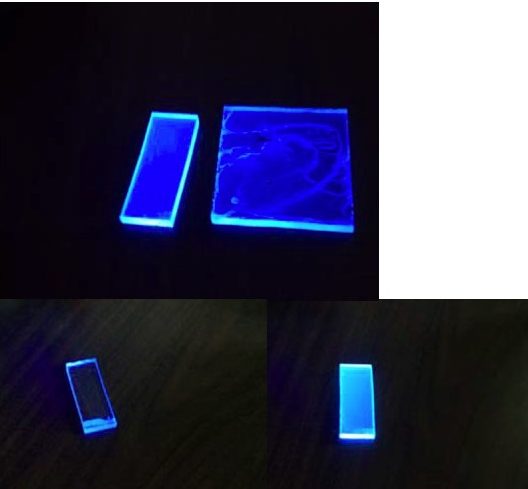 Coating under UV lamp
Coating under UV lamp

